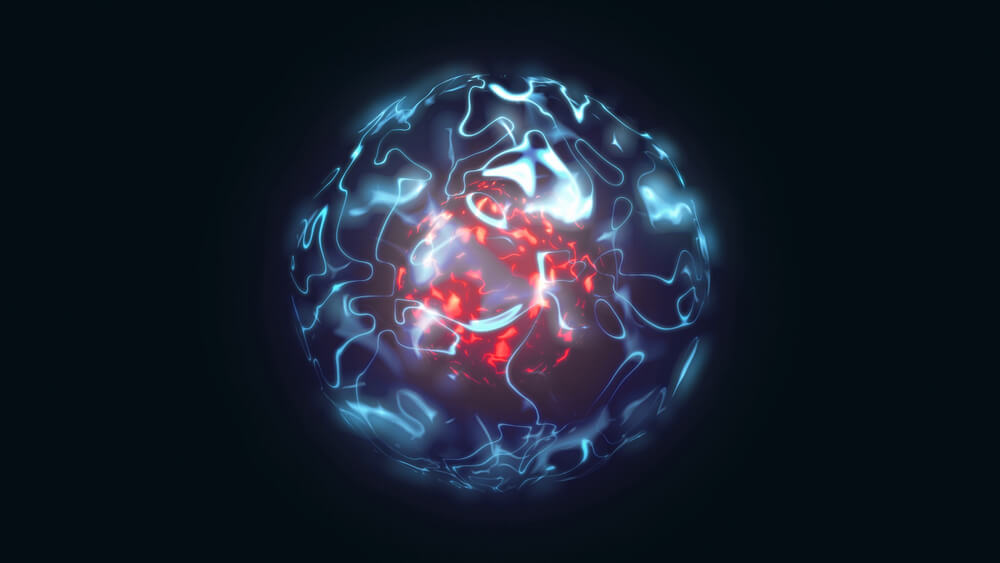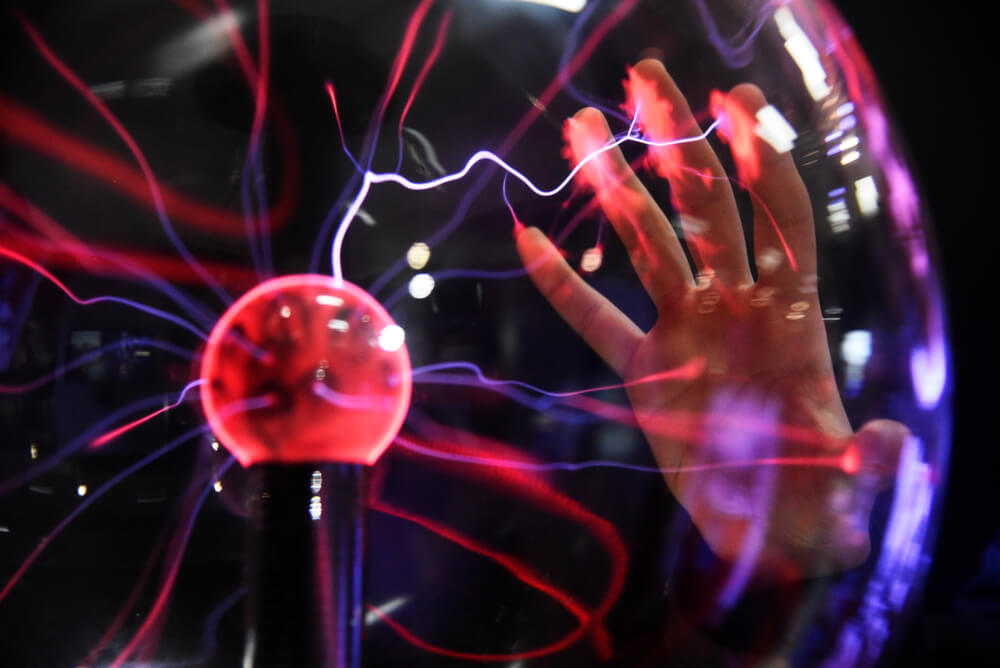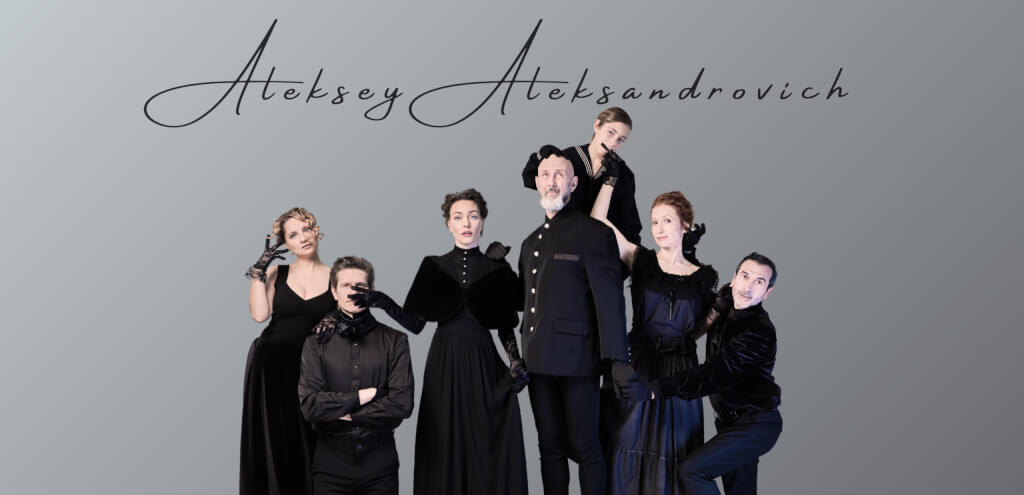Ball lightning - what is it: a myth or a deadly phenomenon
'07.08.2021'
Nurgul Sultanova-Chetin
Ball lightning is a mysterious phenomenon during a thunderstorm, which is overgrown with many myths. National Geographic published some data on this mystery of nature, which will help to understand it.

The incidents of fireballs - glowing electric balls in the sky - have fascinated and puzzled people for centuries. Ball lightning usually appears during a thunderstorm in the form of a luminous sphere floating in the air. Its color can range from blue to orange and yellow. Usually the ball disappears within a few seconds. Sometimes its appearance is accompanied by hiss and a pungent smell.
Conventional lightning is an electrical discharge caused by a positive and negative imbalance between storm clouds and the ground. A flash of lightning can heat the air around it to temperatures five times the temperature of the sun's surface. The heat causes the surrounding air to rapidly expand and vibrate, which creates thunder. But let's get back to the subject of fireballs.
Is ball lightning real
One of the first recorded sightings of ball lightning occurred in 1638, when a "large ball of fire" pierced the window of an English church. This and other early observations suggest that fireball can be fatal to humans.
On the subject: Five major urban legends in New York
At least one study has suggested that about half of all ball lightning observations are hallucinations and optical illusions caused by magnetic fields during storms. However, scientists agree that fireball is real, even if they don't yet fully understand what causes it.
Researchers from Lanzhou, China's Northwestern Normal University, accidentally recorded ball lightning while studying a thunderstorm in 2012 using video cameras and spectrometers. The ball appeared immediately after the lightning strike and flew horizontally for about 10 meters. The spectrometer detected silicon, iron and calcium in the ball, which were also present in the local soil.

What Causes Ball Lightning
An article by Lanzhou researchers supports the theory that ball lightning occurs when ordinary lightning strikes the ground. The discharge causes a reaction between oxygen and evaporated elements from the soil. This ionized air (or plasma) is the same conditions under which St. Elmo's fires arise. This is a stationary glow that is sometimes confused with ball lightning.
According to another theory, published in 2012, the presence of glass could trigger ball lightning. Atmospheric ions are able to accumulate on the surface of the window, creating an electric field on the other side, sufficient for a discharge to occur.
Another study, which was published in 2016, suggests that the microwave radiation generated when lightning strikes the ground could be in a plasma bubble. This leads to the emergence of ball lightning.
On the subject: American horror films that freeze the blood, or How to scare a Russian person in the USA
Ball lightning is also associated with earthquakes. Rare flashes of light are sometimes seen during seismic shocks. They can take many forms: a bluish flame that appears to emanate from the ground at ankle level; quick flashes of bright light, reminiscent of ordinary lightning strikes, but coming from the ground, not from the sky; or floating balls identical to fireballs. In 2014, a study was carried out on light sources during earthquakes. The researchers concluded that some rocks tend to release electrical charges when struck by a seismic wave, causing multi-colored light effects.
In an effort to understand how ball lightning occurs, scientists have tried to recreate it. In 2006, researchers at Tel Aviv University created a laboratory version of ball lightning. For this, they used a microwave beam. In 2018, quantum physicists demonstrated a synthetic nodal magnetic field. It reflects and possibly helps explain ball lightning.
But despite all this research and laboratory experiments, ball lightning still defies complete explanation. Scientists say they still have a lot to understand about this mysterious phenomenon.







